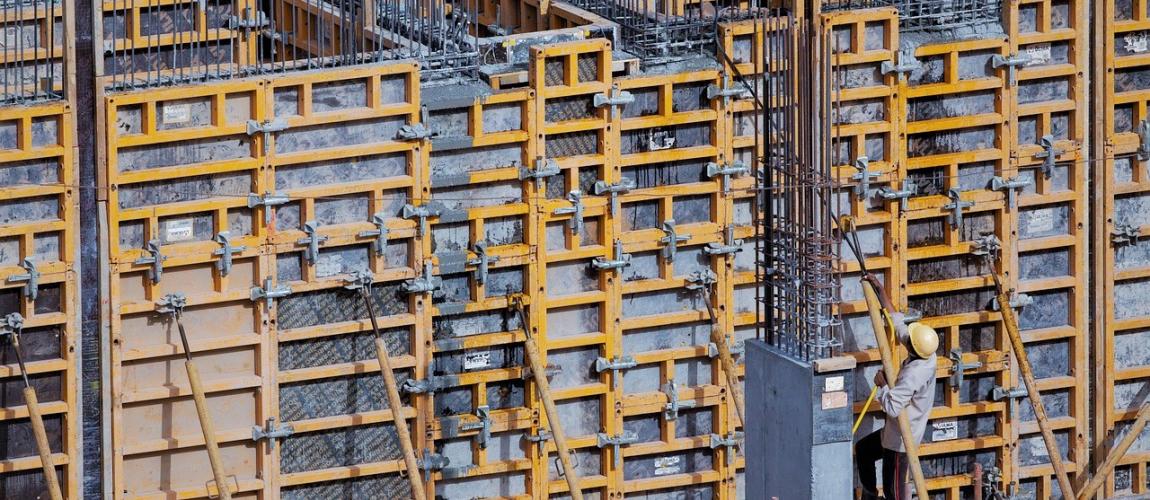Benefits and Pitfalls of Unsolicited Proposals

Photo Credit: Image by Pixabay
Considering unsolicited proposals allows governments to benefit from the knowledge and ideas of the private sector. For example: However, unsolicited proposals also create substantial challenges: Box 3.14: Costs of Direct Negotiation—Independent Power Tanzania provides an example of a power project in Tanzania that was directly negotiated following an unsolicited approach by the private investor, which under arbitration was found to have provided poor value for money, and possibly been corrupt. The government of Tanzania and the Tanzania Electricity Supply Company entered into contractual agreements with Independent Power Tanzania Limited (IPTL) of Malaysia for the supply of 100 megawatts of power over a 20-year period. This transaction was directly negotiated following an approach by the private investors during a power crisis. The transaction was contested by some government officials, the international donor community, and other interested stakeholders. The grounds of the contest were that the wrong technology (heavy fuel oil instead of indigenous gas) was used, that it was not part of the least-cost generation plan, that it was not procured on a transparent and competitive basis, and that the power was not needed. The government ultimately submitted the case to arbitration. Under the final arbitral ruling, the project costs were reduced by about 18 percent. Even so, the costs remain well above international comparators. In the arbitration hearings, the government alleged that the contract award had been corrupt, but failed to produce evidence to satisfy the Tribunal of this. The government has not subsequently pursued the corruption investigation. However, legal disputes between the IPTL and the government continued. Sources: (WB 2009b); (Eberhard and Gratwick 2010) The PPIAF Toolkit for PPPs in Roads and Highways section on unsolicited proposals (WB 2009a, Module 5, Stage 3: “Procurement”) further describes these challenges of unsolicited proposals. It sets out the view of the World Bank as follows: "…there is a place for genuine and innovative [unsolicited] proposals, but these are the exceptional case. The private sector must put up strong independently analyzed cases for unsolicited proposals at an early stage, before governments are sucked in to supporting projects that are financially weak, high risk, will take up significant human resources of the government, and will likely take a longer than normal time to implement because of these difficulties."
Find in pdf at PPP Reference Guide - PPP Cycle or visit the PPP Online Reference Guide section to find out more.
Updated: June 24, 2022
Related Content
INTRODUCTION
Page Specific DisclaimerVisit the PPP Online Reference Guide section to find out more.
PPP BASICS: WHAT AND WHY
Page Specific DisclaimerVisit the PPP Online Reference Guide section to find out more.
Featured Section LinksESTABLISHING THE PPP FRAMEWORK
Page Specific DisclaimerVisit the PPP Online Reference Guide section to find out more.
PPP CYCLE
Page Specific DisclaimerVisit the PPP Online Reference Guide section to find out more.
Identifying PPP Projects
Appraising Potential PPP Projects
Structuring PPP Projects
Designing PPP Contracts
Managing PPP Transactions
Managing PPP Contracts
Dealing with Unsolicited Proposals
Key References - PPP Cycle